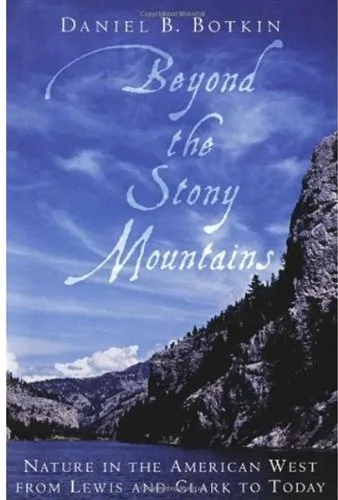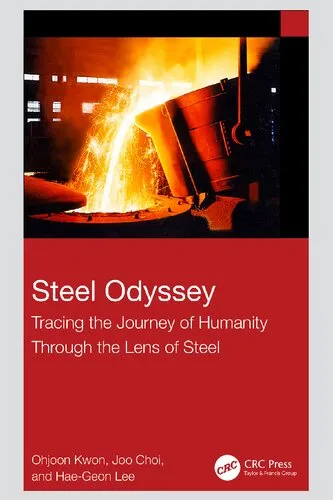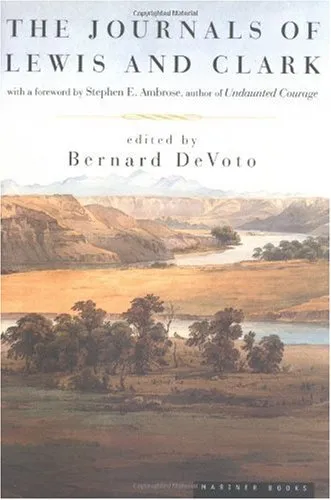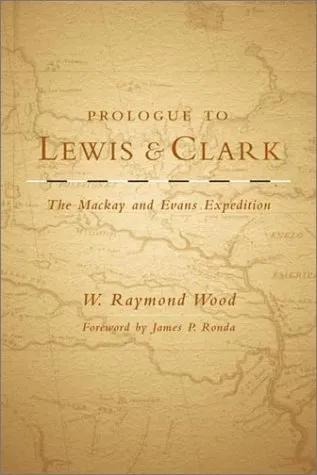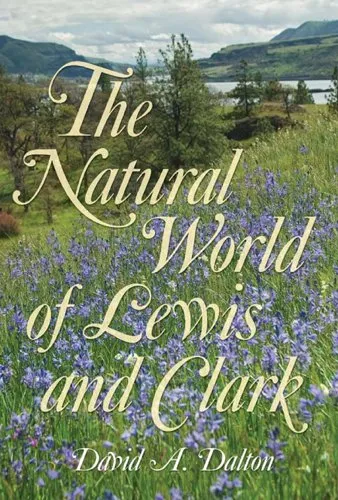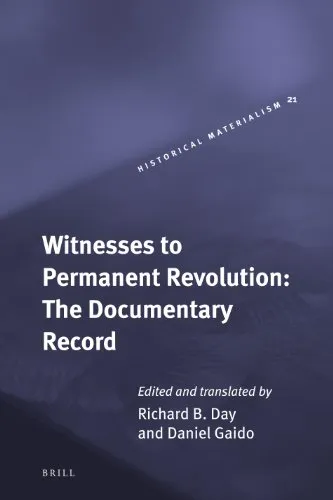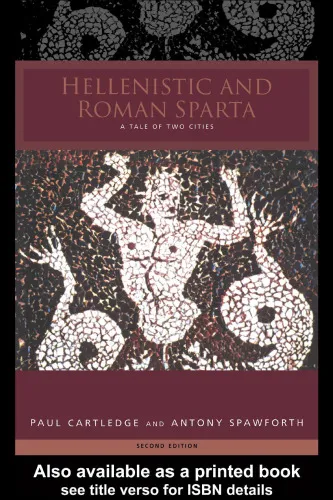Beyond the Stony Mountains: Nature in the American West from Lewis and Clark to Today
4.3
Reviews from our users

You Can Ask your questions from this book's AI after Login
Each download or ask from book AI costs 2 points. To earn more free points, please visit the Points Guide Page and complete some valuable actions.Related Refrences:
Introduction to Beyond the Stony Mountains: Nature in the American West from Lewis and Clark to Today
Welcome to Beyond the Stony Mountains, an immersive exploration of the American West, as seen through the lens of both its natural wonders and its human stories. Written by Daniel B. Botkin, this book is a riveting journey through time, tracing the footsteps of Lewis and Clark, while reflecting on the transformations of the American West from their era to the modern day. Combining history, ecology, and personal insight, this work invites readers to understand not just the changing landscapes of the West, but how Americans have perceived, utilized, and influenced those lands through centuries.
Botkin’s work intricately intertwines narratives from history, environmental science, and present-day challenges. With a storytelling approach rooted in rigorous analysis and vivid descriptions, the book seeks to answer profound questions: How has Western America changed over time? What did the region look like when Lewis and Clark ventured into the unknown? And, most importantly, what can we learn about humanity’s evolving relationship with the natural world?
Detailed Summary of the Book
At its core, Beyond the Stony Mountains is a multi-faceted chronicle of the American West across different time periods. It starts with the famed expedition of Lewis and Clark, taking readers back to the early 19th century when much of the region was an uncharted wilderness. Through the detailed accounts from the explorers’ journals, the book paints a vivid picture of the pristine, untamed ecosystems that once stretched across the Western territories.
The book transitions to examining how the region has evolved since that pivotal expedition. Botkin brings the reader into the subsequent centuries, focusing on major shifts in the landscape caused by agriculture, urbanization, industrialization, and human intervention. The author compares the world Lewis and Clark documented to the modern West—a land of bustling cities, managed parks, and altered environments.
What sets the book apart is its balanced perspective. It does not romanticize the past or demonize the present but instead highlights nature’s adaptability and resilience. By presenting scientific observations alongside historical context and personal stories, Beyond the Stony Mountains offers a nuanced understanding of how human activities have shaped—and been shaped by—the Western landscape.
Key Takeaways
- The American West is a dynamic and ever-evolving environment, shaped by both natural forces and human influence.
- Lewis and Clark’s expedition offers crucial insights into what the region may have looked like before significant human intervention.
- Nature in the West has both suffered and thrived through centuries of change, proving its resilience and adaptability.
- Rather than lamenting irreversible changes, the focus should be on learning from history and finding sustainable ways to coexist with nature.
- Botkin’s comprehensive approach sheds light on humanity’s complicated relationship with the environment—neither inherently destructive nor purely benevolent.
Famous Quotes from the Book
“The landscapes of the West have always been shaped by the dual forces of nature and human ambition, locked in an eternal dance of creation and transformation.”
“To truly understand a place, one must learn to see it as it once was, as it is, and as it may one day become.”
“In the grandeur of the West’s wilderness lies not only beauty but wisdom, a reminder of what we stand to lose and what we are called to protect.”
Why This Book Matters
In a time when environmental challenges are at the forefront of global consciousness, Beyond the Stony Mountains is more relevant than ever. It bridges the gap between past and present, offering lessons that resonate far beyond the borders of the American West. By understanding the history of human interaction with the region, we gain valuable insights into our broader relationship with the planet and its ecosystems.
The book serves as a call to action, urging readers to reflect on how their choices impact the environment and to embrace a more thoughtful, sustainable way of life. Whether you are a nature enthusiast, a history buff, or someone concerned about the future of our natural world, this book provides an enlightening and thought-provoking experience.
Free Direct Download
You Can Download this book after Login
Accessing books through legal platforms and public libraries not only supports the rights of authors and publishers but also contributes to the sustainability of reading culture. Before downloading, please take a moment to consider these options.
Find this book on other platforms:
WorldCat helps you find books in libraries worldwide.
See ratings, reviews, and discussions on Goodreads.
Find and buy rare or used books on AbeBooks.
1120
بازدید4.3
امتیاز0
نظر98%
رضایتReviews:
4.3
Based on 0 users review
Questions & Answers
Ask questions about this book or help others by answering
No questions yet. Be the first to ask!
